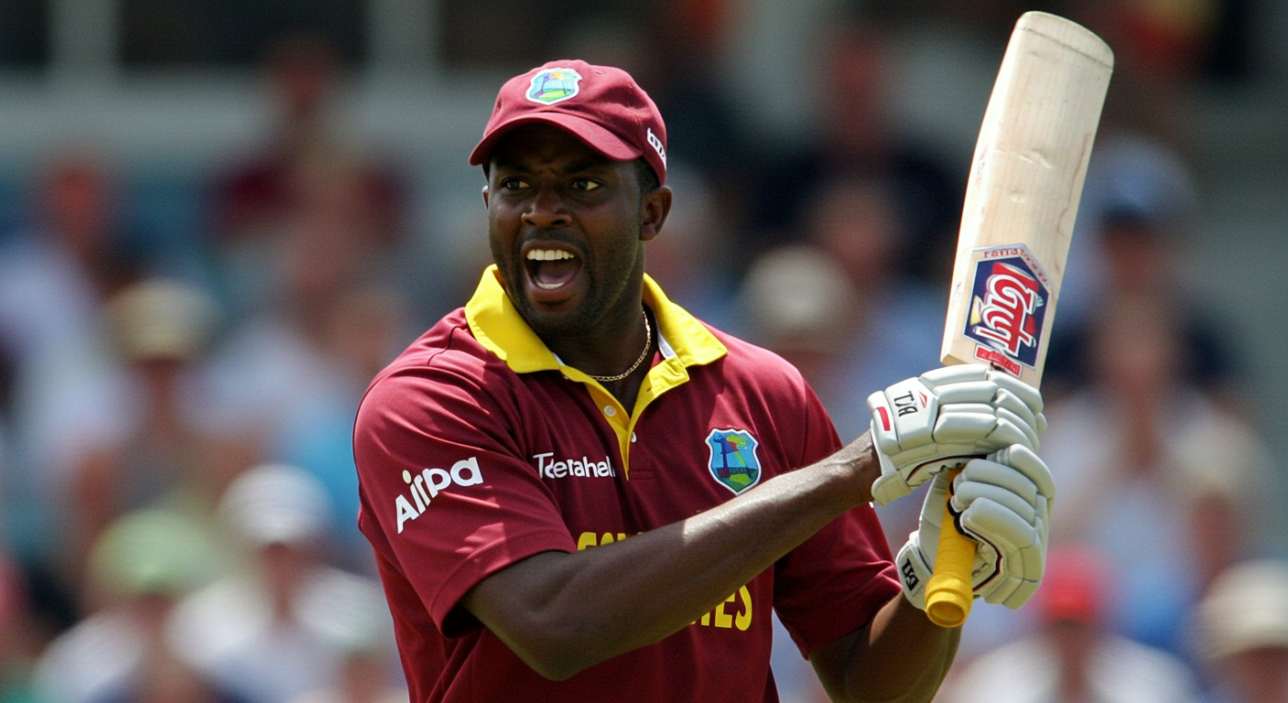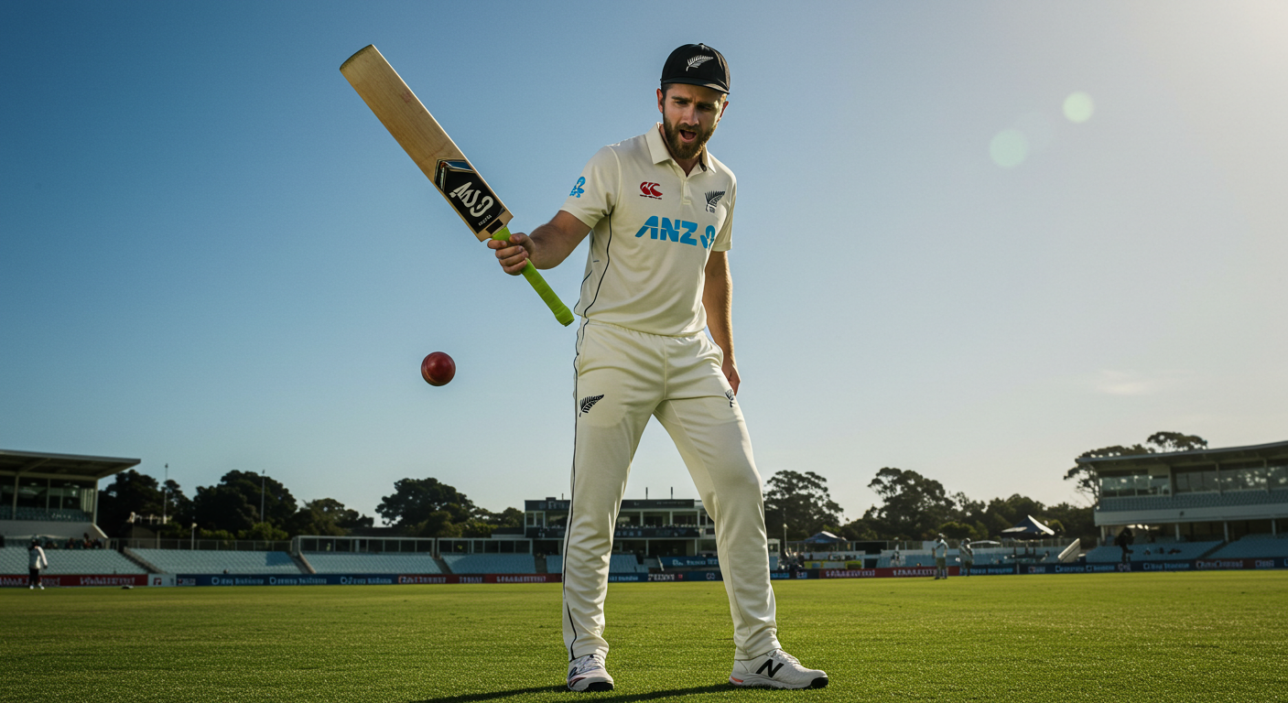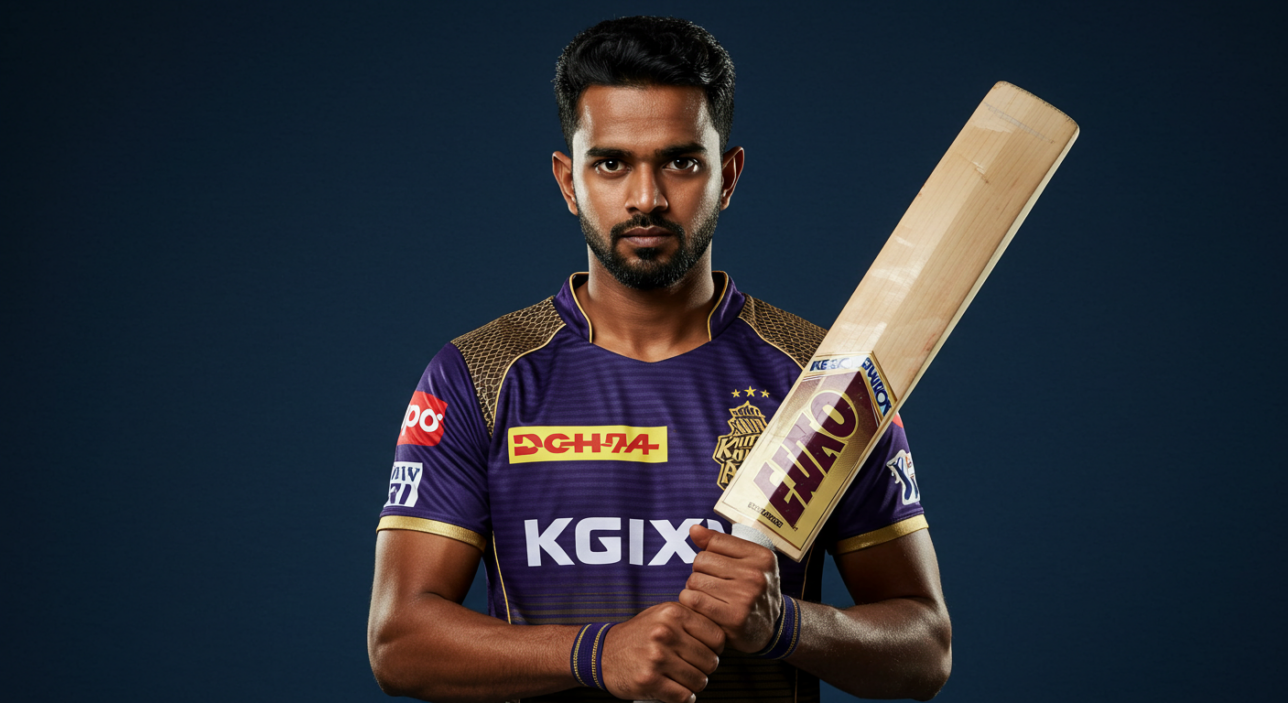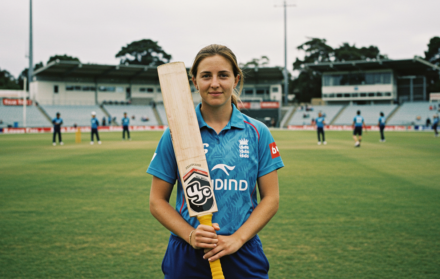
The Role of Anchors in Modern ODI Cricket
In an era when the white ball often disappears into the crowd and totals of 350 are chased with astonishing regularity, the idea of a batter playing the long game might feel like a relic. Yet, while big-hitters grab headlines, anchor batters continue to play a vital, if understated, role in One Day Internationals (ODIs). Their job is no longer simply to “bat through”—it’s to adapt, stabilise, and subtly control the pace of the innings, often under immense pressure.
The evolution of ODI cricket has brought new demands. Tighter fielding restrictions, improved bowling data, and deeper batting line-ups have changed what teams expect from a No. 3 or No. 4 batter. Gone are the days when anchoring meant nudging around for a run-a-ball 60. Today’s anchor must not only survive; they must thrive within the rhythm of a team strategy designed around dynamic, situation-based batting.
This article explores the role of anchors in modern ODI cricket, not through theory or outdated tropes, but through real examples: Kohli’s calculated pacing, Williamson’s calm in crisis, and Babar’s balancing act. We examine how this misunderstood role still underpins many successful ODI innings—and why the best anchors are far more than just blockers.
1. What Makes an Anchor in the Modern Game?

At its core, the anchor role is about influence—not just on the scoreboard, but on momentum, partnerships, and opposition strategy. Traditionally, the anchor was seen as the batter who stayed in while others batted around them. But today, that role comes with sharper edges and greater responsibility.
Modern anchors are judged not just on average, but on strike rotation, ability to counter spin, and acceleration in the final 10 overs. A successful anchor is someone who not only absorbs pressure but understands when to release it. They’re the batter who ensures the team isn’t left vulnerable after an early collapse or lost in drift during the middle overs.
Crucially, the anchor must work in tandem with team structure. With ODI sides often featuring aggressive openers and explosive finishers, the player at three or four becomes the pivot—required to steady the innings while allowing fluidity around them. The game’s best exponents—Kohli, Williamson, Root, Babar—read not just the match situation but the broader tactical context.
This role also demands versatility against all conditions. Anchors must survive high pace, adapt to two-paced pitches, and outthink spin-heavy attacks on tired tracks. And they must do it while managing their own tempo. That makes this one of the most demanding—yet essential—roles in modern ODI cricket.
2. Virat Kohli: Precision, Patience, and Pressure Management
When discussing ODI batting in the 21st century, Virat Kohli is the inevitable starting point. Not only because he’s second only to Sachin Tendulkar in total ODI centuries, but because he redefined how anchoring could align with modern run rates. Far from being a blocker, Kohli has shown that an anchor can be aggressive in moments, while remaining grounded in match awareness.
Take India’s 2019 World Cup clash against Australia. Chasing 353, Kohli scored 82 off 77 balls, providing structure while the fireworks went off around him. His role wasn’t just to hold the innings—it was to read it. He rotated strike every 3.8 balls on average and kept the scoreboard ticking, never allowing pressure to build on either end. This is where Kohli excels: keeping both bowlers and teammates in rhythm.
Another illuminating knock came in the 2023 Asia Cup against Pakistan, where he scored an unbeaten 122 off 94. The innings began in consolidation mode after a top-order stumble. Kohli took 36 balls to reach his first 50 runs—then accelerated dramatically, taking just 28 for the next 72. He didn’t panic. He waited for his match-ups. He turned anchoring into tempo manipulation, not survival.
Kohli’s influence also extends to how others bat around him. In partnerships with Rohit Sharma and Shikhar Dhawan, Kohli often plays second fiddle in the early overs, then shifts into control mode when the field spreads. It’s deliberate. It’s rehearsed. It’s successful.
In essence, Kohli has made anchoring feel modern. His ability to combine strike rotation, match reading, and late acceleration creates a blueprint that many have tried to copy—but few have executed with such consistent brilliance.
3. Kane Williamson: Calm in Crisis, Surgeon of the Middle Overs

While Kohli demonstrates anchoring through controlled aggression, Kane Williamson operates with surgical calm. His style isn’t about domination—it’s about defusing pressure, especially when wickets fall or the pitch demands care. New Zealand’s dependable No. 3 has become synonymous with poise, particularly in major tournaments.
The 2019 World Cup showcased Williamson at his peak. On often two-paced English surfaces, he compiled 578 runs at an average of 82.57, with two centuries and two fifties. Against South Africa at Edgbaston, his unbeaten 106 off 138 was a slow burn. With the top order gone early, Williamson rebuilt patiently, shielding lower-order partners and targeting only boundary opportunities he knew he could convert.
The key to Williamson’s anchoring lies in his adaptability. He rarely forces tempo. Instead, he reads conditions and opponents meticulously. When up against spin, he uses soft hands and precision placements; against pace, he adjusts trigger movements to keep balls down or deflect them for singles. He’s never flashy, but always functional.
In the World Cup final at Lord’s, Williamson scored just 30—but those 30 runs off 53 balls came on a day where timing seemed impossible. He laid the foundation for a total that nearly won them the tournament. It was a masterclass in damage limitation, which is often just as vital as acceleration.
What sets Williamson apart is his unwavering composure. He doesn’t chase momentum; he shapes it quietly, making him indispensable on tricky surfaces or in tense chases. For New Zealand, his anchoring has meant more than runs—it’s meant credibility, allowing a team without big names to regularly punch above their weight.
4. Babar Azam: The Fine Line Between Stability and Stagnation
Among the elite anchors of the modern ODI era, Babar Azam occupies a unique, and often controversial, space. Technically refined and statistically commanding, Babar has become the backbone of Pakistan’s batting lineup. Yet, with that status comes a tension: the constant pressure to balance control with urgency—anchor without anchoring the team down.
His ODI numbers are impressive. Averaging above 55 with over 5,000 runs by 2025, Babar’s consistency cannot be questioned. In the 2021 ODI series against South Africa, he delivered scores of 103 and 94, navigating hostile conditions with elegant strokeplay and composure. His footwork against spin, late cuts, and fluent drives mark him as one of the most technically gifted batters of his generation.
However, his critics emerged louder during the 2023 World Cup, particularly after Pakistan’s defeat to India. Chasing a modest target, Babar scored 50 off 58, looking fluent early but failing to convert his start or accelerate meaningfully. The innings highlighted the modern dilemma: even a well-paced half-century can feel misplaced if it doesn’t match the tempo required by the game scenario.
Part of the issue lies in Pakistan’s team composition. With inconsistent support acts and an unreliable middle order, Babar often plays the dual role of anchor and shield. But when he doesn’t press the accelerator at the right time, the innings can stall. His 2023 World Cup campaign became a mirror for the broader challenge anchors now face—when to hold, when to go, and how not to get stuck in between.
Still, his value remains. Babar’s ability to absorb pressure and provide structure is undeniable. The next step in his evolution will be to master situational risk, recognising when the role of the anchor must shift to that of the finisher.
5. Anchors Under Fire: The Modern Criticism and Statistical Lens

The role of the anchor has never been more scrutinised. In a cricketing world driven by strike rates, dot ball percentages, and expected run values, even a well-played 70 can be labelled “too slow” if it doesn’t match the win predictor models. Anchors now face pressure not just from opposition attacks, but from the data desks of their own coaching staff.
This trend is particularly visible in teams like England, who, under Eoin Morgan’s leadership, almost entirely phased out traditional anchors in favour of relentless hitters. In their 2019 World Cup campaign, no batter averaged more than 60—but all maintained strike rates over 90. Even Joe Root, arguably England’s closest thing to an anchor, struck at 89.53 while scoring 556 runs. The philosophy was clear: don’t stop—accelerate, adapt, and if you fall, the next hitter will pick up the slack.
The rise of match-up based tactics has also complicated the anchor’s role. Coaches now expect players to take down specific types of bowling or target defined overs. A batter who can’t adapt becomes a liability, especially if they’re consuming deliveries without returning value.
Analysts increasingly use tools like Batting Impact Score and Phase-Based Strike Rates to determine effectiveness. A player with a strong average but poor acceleration in the last 10 overs may still be seen as a net negative—especially if their presence reduces opportunities for more explosive batters to face deliveries in the death overs.
The data doesn’t lie—but it doesn’t always tell the full story. While it’s true that anchoring needs to evolve, removing it entirely invites risk, especially on difficult pitches or during collapses. The challenge, then, is for modern anchors to retool their game, not abandon it.
6. Adapting the Role: What Anchors Must Do to Stay Relevant
In today’s ODI landscape, adaptability is the currency of longevity—especially for anchors. Gone are the days when batting through the innings was enough. To remain viable, modern anchors must adjust their scoring patterns, develop late-over hitting, and understand their tactical function on a ball-by-ball basis.
One emerging blueprint is the hybrid role—what some analysts now call the “dynamic anchor”. This version of the anchor doesn’t just survive the early overs or stabilise during collapses; they contribute decisively at the back end. Players like KL Rahul, when in form, and Shreyas Iyer have shown glimpses of this approach. In India’s 2023 World Cup campaign, Rahul’s 97* against Australia in Chennai came after a top-order wobble. He built the innings methodically but also closed it out with control and confidence—his strike rate in the last 30 balls exceeded 120.
Technique is no longer the only requirement. Anchors must now train for match-specific scenarios. Practising sweeps against spin for middle overs, ramp shots against pace at the death, and even boundary options in low strike zones has become essential. Batters can no longer afford a singular tempo. They must carry multiple gears—and know exactly when to use them.
Fitness and intent also play major roles. The best anchors today run hard between the wickets, keeping dot-ball percentages under 40% even in the early phases. They also focus on placement and pressure, not just power, to keep the field unsettled.
To put it bluntly, the modern anchor must not only read the game—they must be fluent in its many languages, capable of translating calm into control, and control into acceleration, all without losing their wicket.
Conclusion: Anchors in Modern ODI Cricket Still Hold the Centre

In a game increasingly ruled by pace, power, and projection models, the idea of the anchor may seem outdated. But the reality is far more complex. Anchors in modern ODI cricket remain crucial—not because they slow the game down, but because they allow others to play freely around them. They are the contingency, the reset button, the insurance policy and, when needed, the closer.
What has changed is the expectation. Anchors can no longer hide behind averages or milestones. They are now judged on strike rate under pressure, ability to accelerate, and situational impact. A 70-ball 50 is only useful if it leads to a win—or sets up a match-changing death-over push. Anchoring, today, is about intent, context, and contribution.
Players like Kohli, Williamson, and Babar exemplify how the role can thrive even in a data-heavy environment. But they also show us that the role is evolving. It requires greater technical depth, mental flexibility, and strategic boldness. Anchors must work harder, think quicker, and finish stronger than ever before.
Ultimately, the role’s future isn’t guaranteed—it must be re-earned by each generation. But as long as the game values partnerships, stability, and the ability to absorb and redirect pressure, there will be a place for the anchor. It just won’t look like it did a decade ago. It will look faster, smarter, and more attuned to the rhythm of the modern ODI game.





